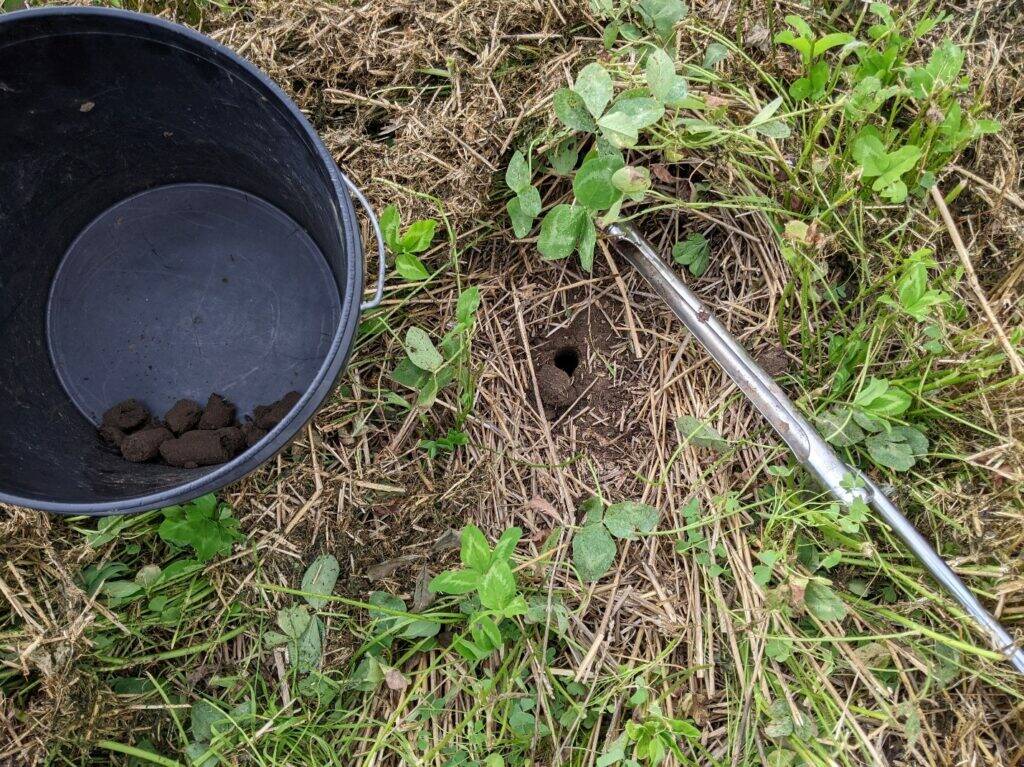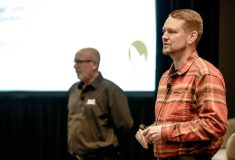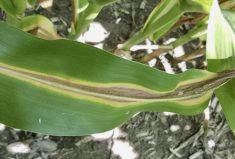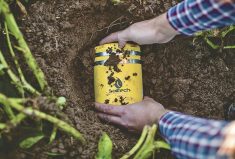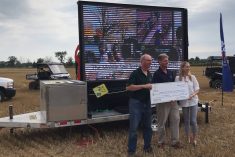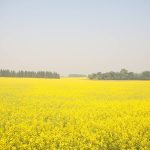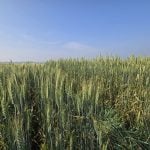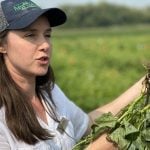Regularly conducting soil tests is a long-standing best management practice in crop production. It’s also one many farmers do not strictly follow, at least not to an ideal degree.
Why it matters: Soil sampling can give growers a clearer picture on the true fertility needs of their fields.
But when commodity prices and low and input prices are high, soil fertility analyses can bring significant financial benefits.
Given the high cost of monoammonium phosphate (MAP) and other inputs, Colin Elgie, soil fertility specialist with the Ontario Ministry of Agriculture, Food and Agribusiness, says the importance of measuring soil nutrient levels is something agronomists highlight year-over-year.
Read Also
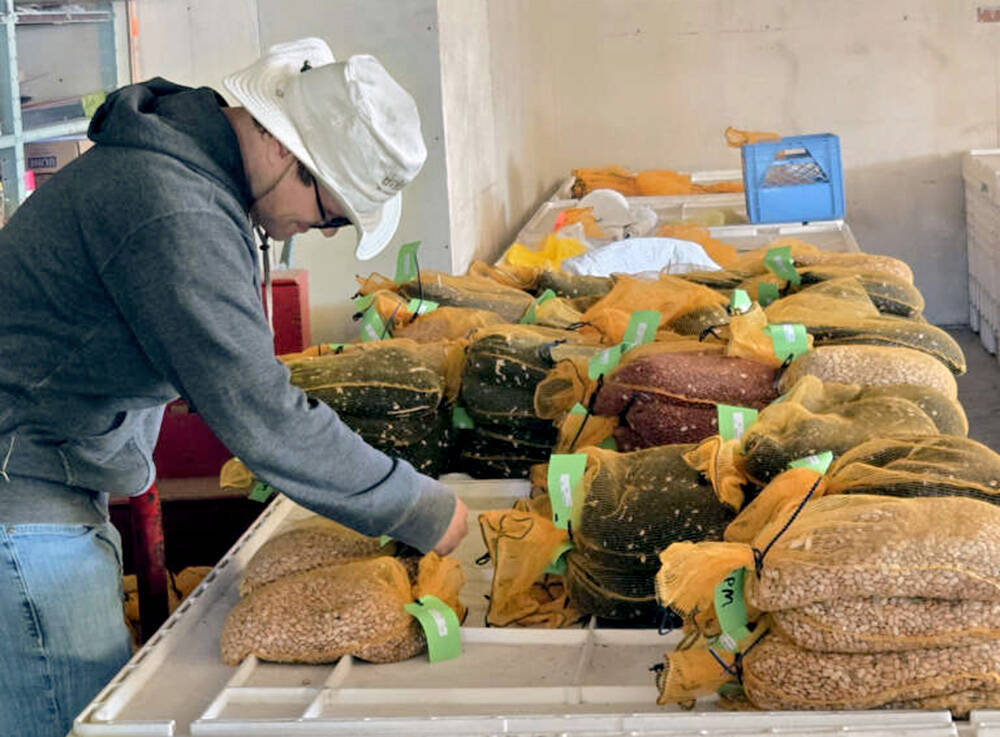
Bean research breeds community giving
University of Guelph dry bean researcher Dr. Mohsen Yoosefzadeh Najafabadi champions sustainability by donating surplus breeding program beans to support food security and community art initiatives.
But in 2025, he doesn’t know “how you’d be able to afford not to soil test.”
“You have to know where you can come back. The dollar you spend on that soil test is going to be the best dollar you spend in your entire fertility plan this fall,” Elgie says.
He adds the practice of over-applying fertilizer in recent years, whether for greater yield insurance or to build soil nutrient levels, is now a much tougher sell. High prices also might turn more people towards alternative fertility sources, including triple superphosphate – a product with 46 per cent phosphorus, but no nitrogen.
“If you are looking at fall fertilizer application, that might be something where triple superphosphate works because you don’t need that nitrogen anyway…With things getting tighter, I think that really warrants a deeper look at how much do we need or secondly do we need to add phosphorus and potassium,” he says.
Drought impacts
The impact of drought is another factor Elgie says Ontario farmers may want to consider. Emma Epp, Leamington-area agronomist and owner of Epp Ag Solutions, agrees.
“A lot of fertilizer might still be there,” she says, where dry conditions limit nutrient availability and crop uptake. If fertilizer recommendations are based on yield removal of 60 bushels per acre of soybeans, for example, those harvesting lower yields might get away with existing fertility for another year.
If fertilizer is applied, however, incorporation is critical to reduce the very real risk of fertilizer runoff through winter and early spring.
Accounting for soil pH, too, is important.
“The biggest bang for your buck could be to apply lime.”
How to soil sample
How growers approach soil sampling depends on a few factors, Epp says, including what technical capability they or their custom operator contractor has available.
Anything above bulk soil sampling – grid or zone sampling, for example – is ideal.
SWAT (soil, water, and topographical) mapping and Soil Optics are examples of newer surface analysis options. Epp herself had some of her fields SWAT mapped in 2025. Five different zones were identified, from which separate soil samples were taken for a clearer fertility picture.
She also encourages growers to inquire if cost-share programming for soil analysis and sampling is available through their local conservation authority.
Adrian Correndo, assistant researcher of plant agriculture at the University of Guelph, provides several recommendations for more effective soil sampling. Consistency in sample depth – 15 centimetres (six inches) for nitrogen, phosphorus, and potassium – as well as when samples are taken – whether in spring or autumn – is one such recommendation.
“Whenever we do the sampling, we need to take care about how many cores we take. The general recommendation is a soil sample is comprised of 15 or 20 cores, then we mix everything in a bucket, and from that we put around half a kilogram in a bag or so,” Correndo says. “That small amount really means we need to be representative. That’s why you need 20 cores from the similar area.”
Accounting for higher fertility concentrations in strips from banding or strip-till is another recommendation given the limited soil mobility of phosphorus and potassium.
“The recommendation is if you know the band from last year … you may try to take only one core out of the 20 from that band,” he says.
In strip-tilled fields, the recommendation is to take one of every three cores from the strip. Generally speaking, phosphorus and potassium levels should be 15 ppm and 100 ppm. Below that, “you are at risk your yields may be limiting.”
“Normally we say it’s not reasonable to expect a single sample will represent more than 25 acres. That would be the minimum unit we would recommend to go and sample.”


